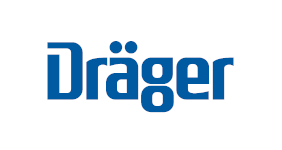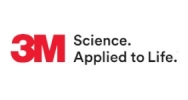Wearable Telemetry IoT System, HR2000 -- BioSenseTek Corp.
Patient discharge from the intensive care unit (ICU) may depart from safety. Without continuous vital sign monitoring, patient’s safety is at risk. In ICU, patient’s vital signs are monitored all the time; in a step-down ward, it comes down to three to six times a day. Patients can only rely on the nurse call button if they need any assistance. Good technologies improve the situation and create a friendly caring environment for the patients and the care providers.
HR2000, a “Wearable Telemetry IoT System,” developed by BioSenseTek Corp., uses portable and wireless sensors to capture and transmit vital signs with patient location tracking capability using active RFID technology. There are three highlights: integration of vital signs, miniature design and location tracking.
First, the built-in monitoring vital signs include ECG, heart rate / pulse rate, respiration rate and skin temperature. In addition, the system integrates GE, Philips and/or other vendors’ blood pressure, SpO2, glucose, infrared ear thermometer to the central monitor and then to nurse information system (NIS). The integration makes the system more flexible and extensible.
Second, compared to global wireless patient monitoring devices, it has much lighter weight and much longer battery life, which leads to ease patient’s compliance and lower care provider’s loading.
Third, it can track the patient’s indoor location. Once there are abnormal vital signs, we will know where to rescue the patient.
All in all, continuous vital signs monitoring plays a pivotal role not only for patients in ICU but also for whom in general wards. All patients in hospital either in ICU or general wards are at risk thus needs constant monitoring before discharged.
BioSenseTek Corp. focuses on providing easy, simple and patient-centric work. There are distinguished RD engineers and service team at the company, and their mission is to think on customer’s side so as to provide a better future in the caring quality.
- Company name: BioSenseTek Corp.
- Product exhibited: Wearable Telemetry IoT System (Model #: HR2000)
- Technology: Electro-physiological, Wireless transmission, Location tracking

























.png)























